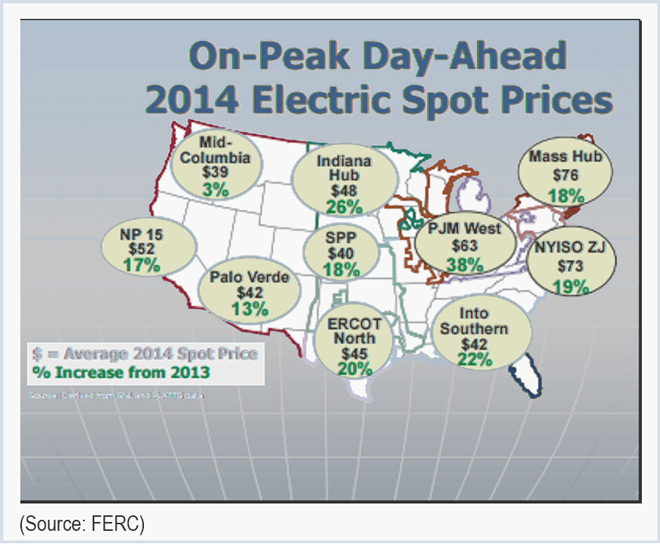By Rich Heidorn Jr.
TULSA, Okla. — SPP’s Markets & Operations Policy Committee last week approved new rules on how mitigated offers will be calculated for generators that fail market power tests, choosing a solution that includes default values for variable operation and maintenance (VOM) costs.
It was the second time the group had approved new rules on mitigated offers. In December, the SPP Board of Directors rejected a proposal that had been approved by MOPC over the objections of the Market Monitoring Unit, saying it wanted a solution that had broader support.
The new proposal, which passed on a voice vote, did not win the MMU’s endorsement, however.
MMU Director Alan McQueen told MOPC that the revised proposal’s use of default VOM values was an improvement because it reduced ambiguity. He also praised the inclusion of an adder for frequently mitigated resources.
Too ‘Generic’
But he said he was concerned that the proposal “removes any reference to competitive levels,” replacing it with “variable O&M,” a term he said is too “generic” because it could refer to costs incurred over a decade. That does not conform to the Federal Energy Regulatory Commission’s mitigation premise that offers are “approximately equal to short-run marginal cost,” he said.
“It actually adds ambiguity back into the overall process that the Market Monitor is going to have to use,” he said.
McQueen said this would cause problems both when the MMU is reviewing offers from units that claim costs higher than those in the default schedule and when it and stakeholders conduct their annual review of the default levels.
SPP rules allow units found to have market power to submit market offers of up to 125% of the mitigated energy offer, which would be based in part on the VOM defaults. Thus a combined-cycle plant with a heat rate of 10 MMBtu/MWH that would be paid $41/MWh, including $6 in VOM based on the default table, could receive as much as $51.25/MWh, with an implied VOM of $16.
The ‘Next Enron’
“When is the next Enron going to be entering the SPP market?” McQueen asked. “Do you want them to be deciding what should be included in the reference level or do you want the Market Monitor, who’s listening to everybody who’s in the market?”
McQueen said that based on his discussions with generators, he believed 80% of them supported use of the defaults.
Richard Ross of American Electric Power disagreed. “I can add up fairly easily enough megawatts [opposing defaults] to figure out that it isn’t 80%.”
Nevertheless, Ross said AEP would support the new rules.
Jake Langthorn of Oklahoma Gas & Electric said he was disappointed that the default solution did not include compensation for maintenance obligations under long-term service agreements. “If the LTSAs were included, we wouldn’t have a beef with it,” he said.
Staff Supports

Richard Dillon, SPP’s director of market design, noted that FERC’s recent State of the Markets report found the RTO’s day-ahead on-peak power price to be the second-lowest in the country last year at $40/MWh, higher than only the $39 at the Mid-Columbia pricing hub in the Pacific Northwest.
“That is a good indicator that even at 125% [of the mitigated offer] the competitive price is under market,” Dillon said.
“Columbia is all hydro. Being only behind a hydro system is a problem.”


